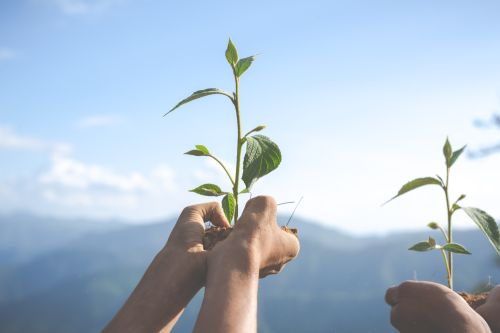Sustainable Fishing Practices: Ensuring the Future of Marine Resources and Ecosystems

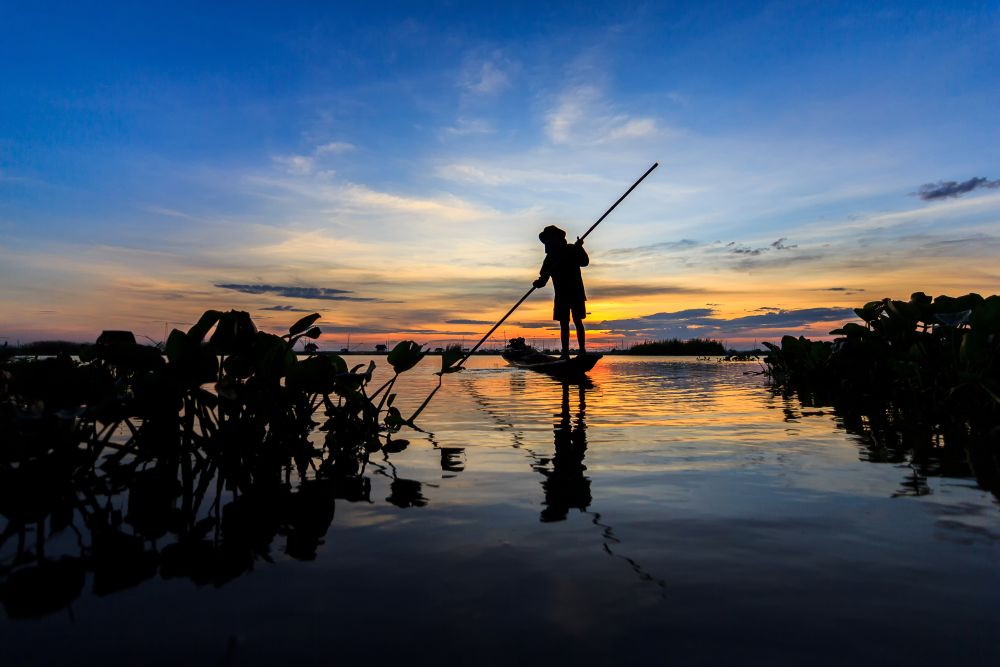
Cut through the green tape
We don't push agendas. At Net Zero Compare, we cut through the hype and fear to deliver the straightforward facts you need for making informed decisions on green products and services. Whether motivated by compliance, customer demands, or a real passion for the environment, you’re welcome here. We provide reliable information—why you seek it is not our concern.
The Impact of Overfishing
Overfishing is one of the most significant threats to the health of the world's oceans. As global demand for seafood continues to rise, the pressure on fish populations has reached alarming levels, leading to a cascade of environmental, economic, and social consequences. Overfishing not only depletes the populations of targeted fish species but also disrupts entire marine ecosystems, endangering the biodiversity that sustains life in the oceans.
Environmental Impact
1. Depletion of Fish Populations
Overfishing occurs when fish are caught faster than they can reproduce, leading to a sharp decline in fish populations. Species that are heavily targeted, such as tuna, cod, and certain types of sharks, are particularly vulnerable. The reduction in these populations disrupts the natural balance of marine ecosystems, as each species plays a specific role in the food web. The loss of a species can have a domino effect, affecting predators, prey, and the overall structure of the ecosystem.
2. Disruption of Marine Food Webs
Fish are a crucial component of marine food webs. Predatory fish, such as sharks and large pelagic species like tuna, regulate the populations of smaller fish and invertebrates. When these top predators are removed, it can lead to an increase in the populations of smaller species, which can overconsume their prey and cause further imbalances in the ecosystem. This phenomenon, known as a trophic cascade, can lead to the decline of key species, including those that are not directly targeted by fishing.
3. Habitat Destruction
Certain fishing methods, such as bottom trawling, can cause significant damage to marine habitats. Bottom trawling involves dragging heavy nets along the ocean floor, which can destroy delicate habitats such as coral reefs, seagrass beds, and sponge fields. These habitats are essential for the survival of many marine species, providing shelter, breeding grounds, and feeding areas. The destruction of these habitats further exacerbates the decline in fish populations and reduces the overall resilience of marine ecosystems.
Economic and Social Impact
1. Economic Losses
The fishing industry is a vital source of income for millions of people worldwide, particularly in coastal communities. However, overfishing can lead to the collapse of fish stocks, resulting in significant economic losses. As fish populations decline, the cost of fishing increases, as fishers must travel further and expend more effort to catch fewer fish. This not only reduces profitability but also threatens the livelihoods of those who depend on fishing for their income.
2. Food Security
Fish is a primary source of protein for billions of people, especially in developing countries. Overfishing threatens food security by reducing the availability of this vital resource. As fish populations dwindle, prices rise, making seafood less accessible to those who rely on it as a staple in their diet. This can lead to malnutrition and increased dependence on less sustainable sources of protein.
3. Social Disruption
The decline in fish populations can lead to social unrest in communities that depend on fishing. As competition for dwindling resources intensifies, conflicts can arise between different fishing communities, countries, or sectors (e.g., industrial versus small-scale fishers). Additionally, the loss of traditional fishing practices and knowledge can erode cultural heritage and identity in fishing-dependent communities.
Principles of Sustainable Fishing
Maintaining Fish Populations at Sustainable Levels: Fisheries must be managed so that fish populations remain within safe biological limits. This means setting catch limits based on scientific assessments of fish stocks and adjusting them as necessary to ensure populations can replenish.
Minimizing Environmental Impact: Sustainable fishing methods aim to reduce the impact on the broader marine environment. This includes avoiding bycatch (the unintentional capture of non-target species), reducing habitat damage, and minimizing the carbon footprint of fishing operations.
Promoting Ecosystem-Based Management: Fisheries management should consider the health of the entire ecosystem, not just individual species. This approach takes into account the interdependence of species, the importance of preserving critical habitats, and the need to maintain biodiversity.
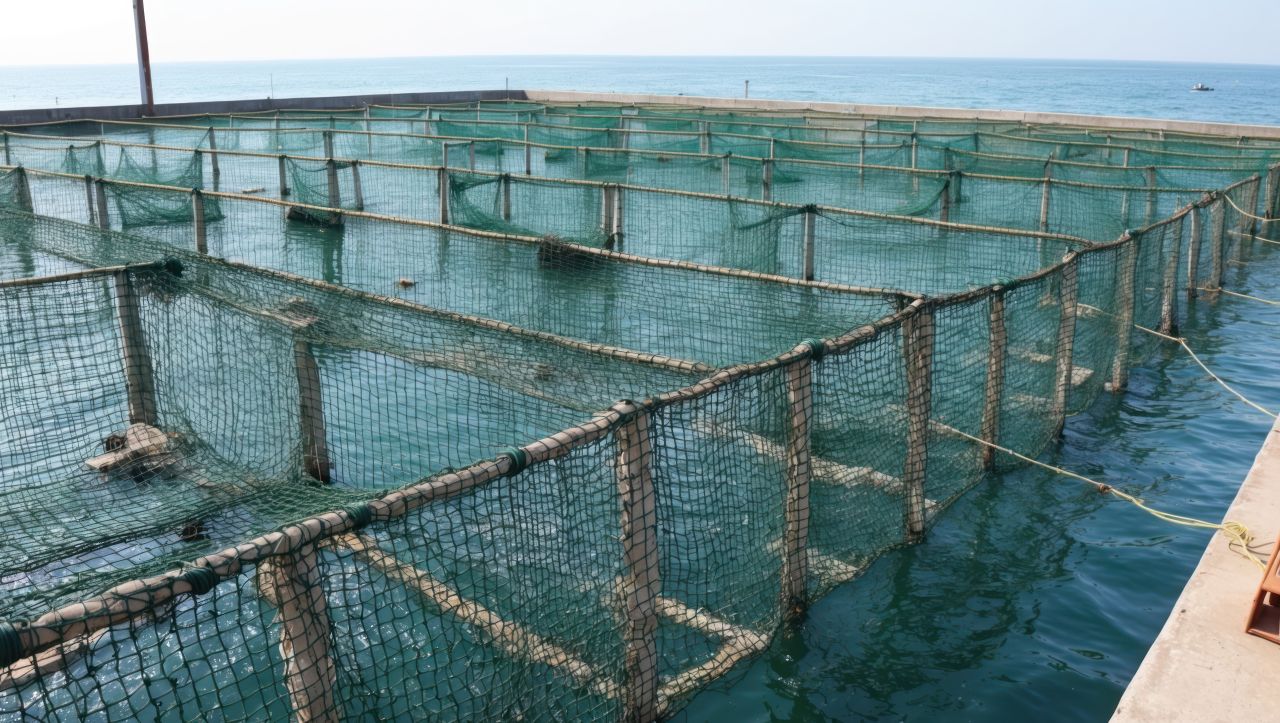
Sustainable Fishing Methods
1. Selective Gear Use
Selective fishing gear is designed to target specific species while minimizing the capture of non-target species, known as bycatch. By reducing bycatch, selective gear helps maintain the balance of marine ecosystems and protects species that are not intended to be harvested.
Pole-and-Line Fishing: This method involves using a fishing rod and bait to catch fish one at a time. It is highly selective and has minimal impact on non-target species, making it one of the most sustainable fishing methods. Pole-and-line fishing is commonly used for catching species like tuna.
Avoiding Bottom Trawling: Bottom trawling, which involves dragging heavy nets across the ocean floor, is one of the least sustainable fishing practices due to its high levels of bycatch and habitat destruction. Selective gear that avoids contact with the seafloor, such as midwater trawls or traps, can be used as alternatives to reduce environmental impact.
2. Fishing Quotas and Seasonal Closures
Effective management of fish populations is crucial for sustainability. Fishing quotas and seasonal closures are tools used to prevent overfishing and allow fish populations to recover.
Fishing Quotas: Quotas set limits on the amount of fish that can be caught within a specific period. These limits are based on scientific assessments of fish stock levels and are adjusted as needed to prevent overexploitation. By controlling the amount of fish harvested, quotas help maintain fish populations at sustainable levels.
Seasonal Closures: Seasonal closures prohibit fishing during specific times of the year, usually during breeding or spawning seasons. This allows fish populations to reproduce and replenish, ensuring their long-term sustainability. Seasonal closures also help protect juvenile fish, giving them a chance to grow and contribute to the population.
3. Marine Protected Areas (MPAs)
Marine Protected Areas (MPAs) are designated regions of the ocean where human activities, including fishing, are restricted or prohibited. MPAs play a critical role in conserving marine biodiversity and allowing ecosystems to recover from overfishing and other stresses.
Habitat Preservation: MPAs protect critical habitats such as coral reefs, mangroves, and seagrass beds, which are essential for the survival of many marine species. By preserving these habitats, MPAs support the overall health and resilience of marine ecosystems.
Fish Population Recovery: In areas where fishing is prohibited, fish populations can recover and thrive. These protected zones often become sources of spillover, where fish migrate into adjacent areas, benefiting fisheries outside the MPA boundaries.
4. Bycatch Reduction Devices
Bycatch, the unintentional capture of non-target species, is a significant issue in many fisheries. Bycatch reduction devices (BRDs) are tools and technologies designed to minimize bycatch and protect vulnerable species.
Turtle Excluder Devices (TEDs): TEDs are used in shrimp trawls to allow captured sea turtles to escape while retaining the shrimp catch. These devices are mandatory in many fisheries and have significantly reduced sea turtle bycatch.
Circle Hooks: In longline fisheries, circle hooks are often used instead of traditional J-hooks. Circle hooks are less likely to be swallowed by non-target species, such as seabirds and sea turtles, reducing the risk of injury or death.
5. Sustainable Aquaculture Practices
Aquaculture, or fish farming, is a growing industry that can relieve pressure on wild fish populations. However, it must be managed responsibly to avoid negative environmental impacts.
Responsible Aquaculture: Sustainable aquaculture practices include using environmentally friendly feed, reducing the use of antibiotics and chemicals, and implementing measures to prevent the escape of farmed species into the wild. These practices help mitigate the environmental footprint of aquaculture operations.
Integrated Multi-Trophic Aquaculture (IMTA): IMTA is an approach that combines the farming of different species, such as fish, shellfish, and seaweed, in the same system. This method mimics natural ecosystems, where the waste from one species provides nutrients for another, reducing environmental impacts and enhancing sustainability.
Global Collaboration and Policy in Sustainable Fishing
To effectively manage and protect the world's oceans, governments, non-governmental organizations (NGOs), the fishing industry, and international bodies must work together. This collaboration is essential to enforce regulations, monitor fish populations, and promote best practices that ensure the long-term sustainability of marine resources.
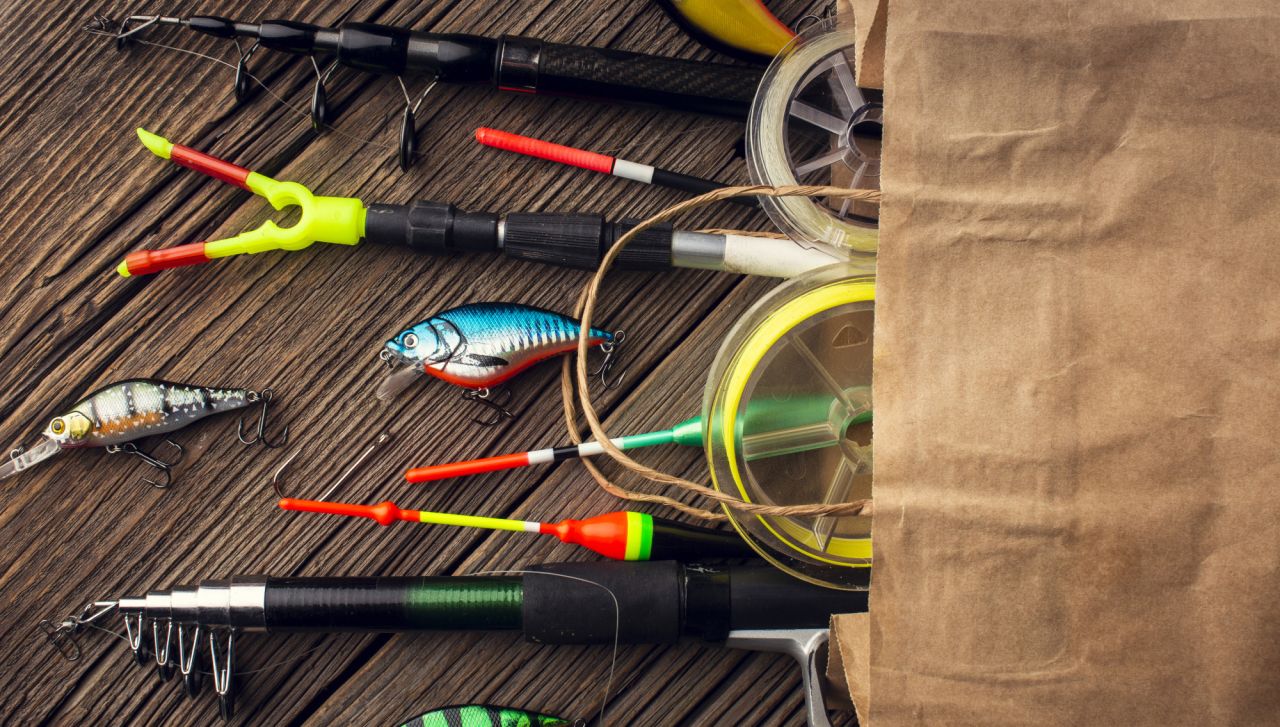
The Role of National Governments
National governments play a crucial role in implementing and enforcing regulations that govern fishing practices within their territorial waters. This includes setting fishing quotas, establishing seasonal closures, and enforcing protected areas. Governments must base these regulations on scientific assessments of fish stocks to ensure that they are sustainable and effective. Enforcement is key—without proper monitoring and penalties for non-compliance, regulations are unlikely to achieve their intended goals.
Governments can support sustainable fishing practices by providing incentives for the adoption of selective fishing gear, promoting sustainable aquaculture, and investing in research and development of new technologies. Additionally, governments can facilitate the transition to sustainable practices by providing financial support and training for fishers, particularly in small-scale and developing communities that may be more vulnerable to economic disruptions.
Creating and updating national legislation to reflect the latest scientific understanding and best practices in fisheries management is essential. This includes not only setting quotas and gear restrictions but also addressing broader issues such as habitat protection, pollution control, and climate change mitigation. National policies must align with international commitments and frameworks to ensure coherence and effectiveness.
International Collaboration
Global collaboration in sustainable fishing is often facilitated through international agreements and conventions. These agreements establish common standards and practices that all signatories are expected to follow. One of the most significant international frameworks is the United Nations' Sustainable Development Goal 14 (SDG 14), which focuses on "Life Below Water." SDG 14 aims to "conserve and sustainably use the oceans, seas, and marine resources for sustainable development." It sets specific targets for reducing overfishing, protecting marine ecosystems, and supporting small-scale fishers.
Regional Fisheries Management Organizations (RFMOs) are international organizations that manage fish stocks in specific regions, often focusing on migratory species that cross national boundaries. These organizations bring together countries that share access to particular fish stocks to coordinate management efforts, set catch limits, and implement conservation measures. Effective RFMO management is crucial for preventing overfishing and ensuring that fish populations are managed sustainably across national borders.
IUU fishing is a major global problem that undermines efforts to manage fish stocks sustainably. It includes fishing without proper authorization, not reporting catches, and using banned fishing methods. International cooperation is essential to combat IUU fishing, as these activities often occur in international waters or involve vessels registered in one country fishing in the waters of another. Global initiatives like the Port State Measures Agreement (PSMA), which aims to prevent illegally caught fish from entering the market, are critical in addressing IUU fishing.
The Role of Non-Governmental Organizations (NGOs) and Industry
NGOs play a vital role in advocating for sustainable fishing practices and raising public awareness about the importance of ocean conservation. They often work on the ground with local communities, providing education and resources to promote sustainable practices. NGOs also engage in lobbying efforts to influence government policies and encourage the adoption of international agreements.
Certification programs, such as the Marine Stewardship Council (MSC) and the Aquaculture Stewardship Council (ASC), help consumers identify sustainably sourced seafood. These programs set rigorous standards for sustainable fishing and aquaculture practices, and certified products carry labels that signal their sustainability credentials to consumers. The fishing industry, by participating in these programs, can demonstrate its commitment to sustainability and gain access to markets that prioritize environmentally responsible products.
Challenges and the Path Forward
While significant progress has been made in promoting sustainable fishing practices, challenges remain. These include the need for better enforcement of regulations, the persistence of IUU fishing, and the impacts of climate change on marine ecosystems. Addressing these challenges requires ongoing collaboration at all levels, from local communities to international bodies.
The interconnected nature of the oceans means that no single country can manage marine resources in isolation. Strengthening international cooperation, particularly in regions with shared fish stocks or transboundary ecosystems, is essential. This includes enhancing the effectiveness of RFMOs, improving data sharing, and ensuring that all countries have the capacity to implement and enforce sustainable fishing practices.
Climate change is increasingly affecting marine ecosystems, altering fish distribution and productivity. Sustainable fishing policies must adapt to these changes by incorporating climate change into fishery management plans and supporting the resilience of marine ecosystems and communities.
Consumers play a critical role in driving demand for sustainable seafood. Continued efforts to educate the public about the importance of choosing sustainably sourced products can increase market pressure for responsible fishing practices, encouraging more companies to adopt sustainability standards.

More related content

Extended Producer Responsibility (EPR) for Packaging: Country-by-Co...
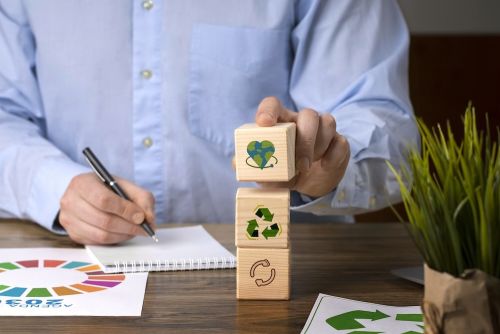
What Is Scope 3? Understanding Indirect Emissions and Their Regulat...

The EU's Omnibus Proposal: A Deep Dive
